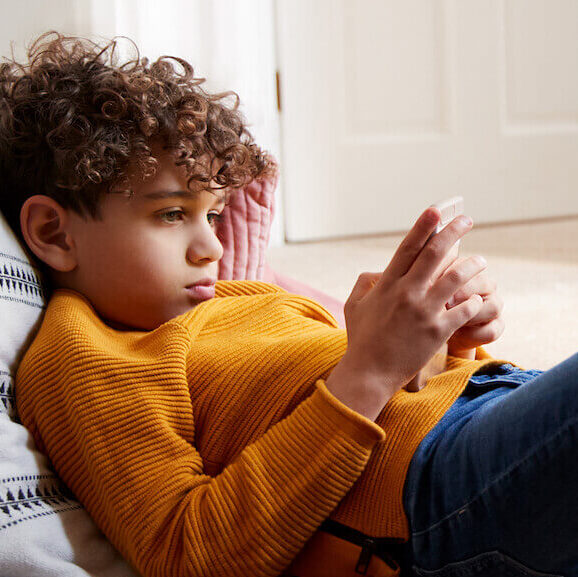How Does Screen Time Affect My Child’s Eyes?

Screen time can significantly impact your child’s eye health, leading to conditions like digital eye strain, dry eyes, and even influencing long-term vision development. Here’s a detailed breakdown of the effects:
Digital Eye Strain
Prolonged use of screens—especially when held close—can cause symptoms such as headaches, blurry vision, and sore or itchy eyes. This phenomenon, called digital eye strain, is becoming increasingly common among children due to the rise in screen-based learning and recreational use. Reduced blinking during screen use contributes to discomfort, as the tear film dries out, which can make the eyes feel irritated and tired. Experts suggest implementing practices like the 20-20-20 rule: looking 20 feet away for 20 seconds every 20 minutes to alleviate these symptoms ( CHOP).
Dry Eyes
Children who spend significant time on devices may experience dry eye syndrome. This occurs because focusing on a screen reduces blinking, leading to tear film instability. Symptoms include blurry vision and a gritty sensation in the eyes. If not addressed, this condition can become chronic, requiring intervention by an optometrist or eye care specialist ( NIH).
Impact on Myopia Progression
Screen time has been linked to an increase in myopia (nearsightedness) among children. Near work, such as reading or using devices up close for extended periods, can contribute to the development of this condition. Encouraging children to take breaks and spend time outdoors helps mitigate the risk, as natural light and distance vision promote healthier eye development ( UCSF).
Blue Light Exposure
While concerns about blue light are widespread, its direct impact on eye health remains unclear. Blue light blocking glasses may reduce strain for some individuals, but there is no solid evidence that they prevent retinal damage or other long-term issues. However, minimizing screen exposure before bedtime can improve sleep quality by supporting natural melatonin production ( UCSF).
Tips for Managing Screen Time
1. Implement Screen Breaks: Follow the 20-20-20 rule to prevent digital eye strain.
2. Optimize Device Settings: Enable features like Apple’s “Screen Distance” to ensure devices are held at a safe distance.
3. Encourage Outdoor Play: Spending time outdoors not only benefits overall health but can also slow myopia progression.
4. Be a Role Model:Parents who limit their screen time set a positive example for children ( NIH)